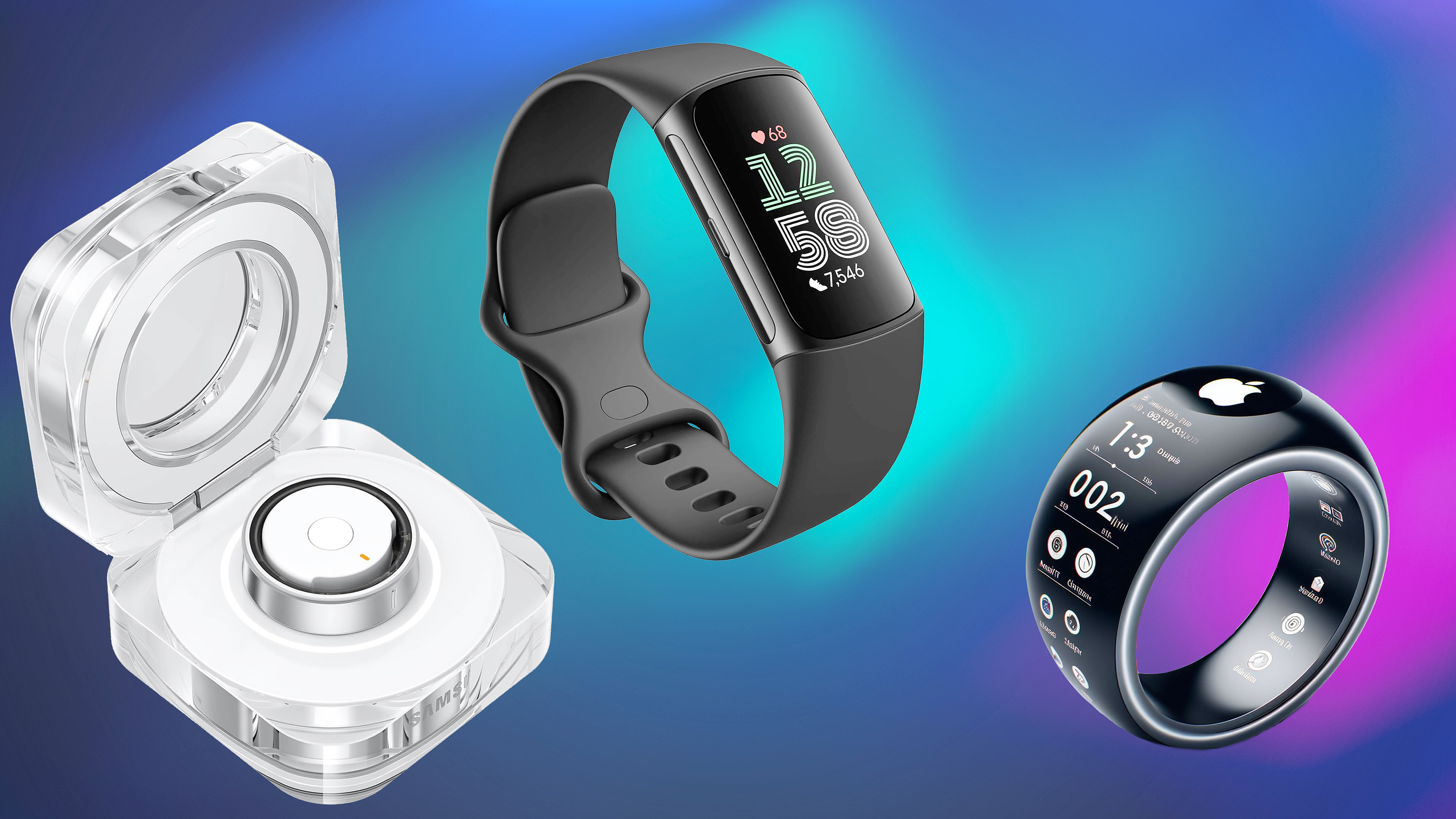Tom's Guide Verdict
The Roccat Vulcan is a case study in how a striking aesthetic, married to great performance, can take an inventive new product far.
Pros
- +
Interesting, beautiful design
- +
Great performance
- +
Comfortable switches
- +
Fun lighting options
Cons
- -
Tedious software
- -
High price
Why you can trust Tom's Guide
In Roman mythology, Vulcan was the blacksmith of the gods. As such, the weapons, jewelry and thrones he forged had to be both gorgeous to behold, and functional enough for a deity. This description sums up Roccat's new keyboard pretty well.
The Vulcan 120 Aimo ($160), Vulcan 100 Aimo ($150) and Vulcan 80 Aimo ($130) are expensive gadgets, but they justify their high prices. An elevated key design with slim, springy keycaps makes the device both elegant and responsive. A few software and design quirks prevent the Vulcan from reaching the very top of Mount Olympus, but overall, the keyboard is a case study in how a striking aesthetic, married to great performance, can take an inventive new product far.
Design
I've been using the Vulcan for about three days, and haven't been able to take my eyes off of it yet.
The Vulcan combines an aluminum-coated chassis with elevated keycaps to make a product that looks striking. You can see RGB lighting through every key switch, not just through a tiny letter in the keycap. When the keyboard is all lit up, it's hard to take your eyes off of it. The 120 Aimo comes with a magnetic wrist rest, which looks and feels like a seamless part of the whole package, too.
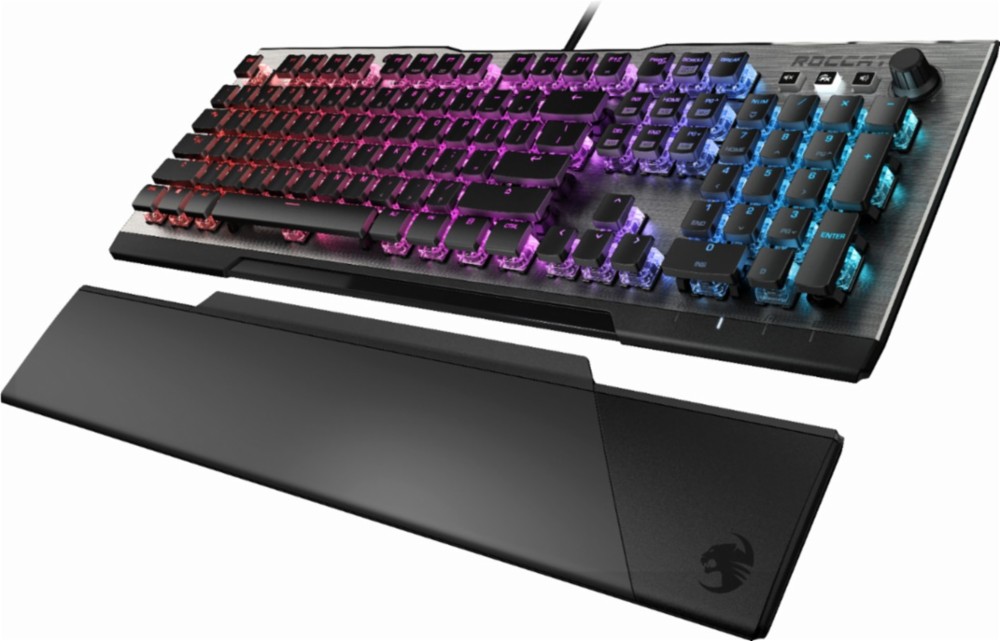
The differences between the three different Vulcan models are mostly cosmetic, and not worth splitting the product into three separate reviews. But for help deciding which one to get: The 120 Aimo comes with a magnetic wrist rest and RGB lighting. The 100 Aimo comes with RGB lighting, but no wrist rest. The Aimo 80 has no wrist rest, and only blue lighting. They all have the same overall design, as well as the same proprietary mechanical key switches.
I've been using the Vulcan for about three days, and haven't been able to take my eyes off of it yet.
Photographs don't really capture the Vulcan's unusual, eye-catching appearance. Since I've set it up, though, I've had co-workers from all corners of the office walk up to my desk and ask to see it, type on it, and remove the keycaps to gauge their thinness. This doesn't happen often with any gadget, and I don't think it's ever happened before with a keyboard.
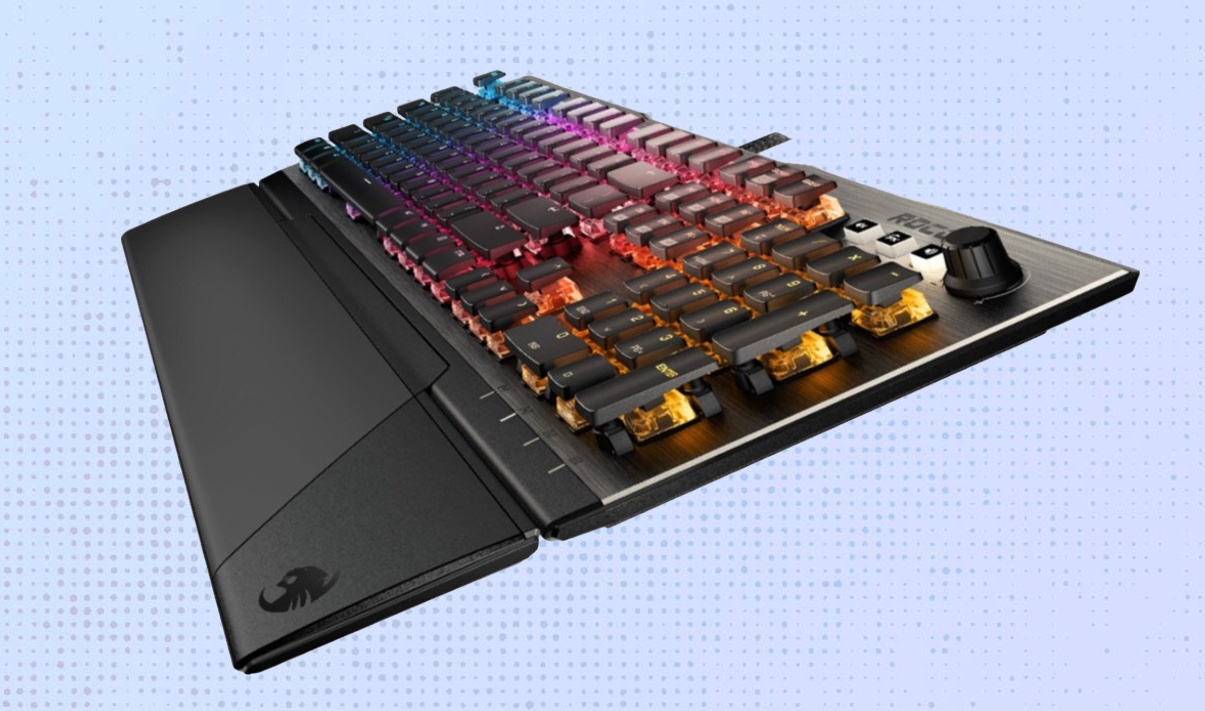
As far as clerical details go, the keyboard is about 18 x 9 inches with the wrist rest, or 18 x 6 inches without. That's pretty large, and there's admittedly a little wasted space on either side of the peripheral. There are also discrete media controls — sort of.
Get instant access to breaking news, the hottest reviews, great deals and helpful tips.
MORE: Best Gaming Keyboards - Mechanical, Wireless & RGB ...
There's a mute button and a dial, which you can use to control either the volume or the illumination level. (Play, pause, fast-forward and rewind are all button shortcuts.) A full media bar would have been better, and changing illumination settings was inconsistent from color pattern to color pattern. But the volume dial is the most important thing, and it does work beautifully.
Keys
Roccat has developed its own brand-new key switch for the Vulcan: the Titan Switch Tactile. Like a lot of in-house keys from high-end keyboard manufacturers, it mimics a Cherry MX Brown key, in that it's tactile and not too loud. (It's a little louder than the competition, but that's because there's almost nothing to muffle the noise between the keycap and the switch.) What's interesting about the key switch is not how it performs, but how it looks.
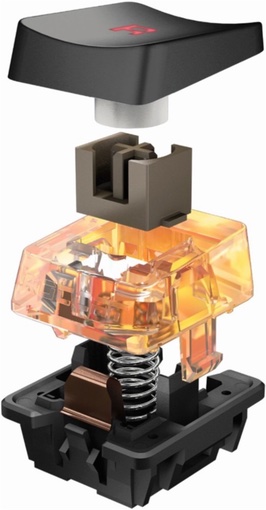
Unlike most Brown and Brown-style keys, the Titan Switch Tactiles are not mechanical switches nestled into depressions, covered by domed keycaps. Instead, the switches are out in plain sight, covered by tiny, thin keycaps that put as little distance as possible between you and the switch.
The springy, responsive keys were a boon across genres, from slinging healing spells as Moira, to blasting my way through a Protoss base.
The keys look cool, although the angular keycaps take some getting used to. Using TypingTest.com, I scored 100 words per minute with three errors on the Vulcan, versus 110 words per minute with four errors on my usual Logitech Romer-G tactile switches. No one ever said looking good was easy.
Features
The Vulcan runs on the passable Roccat Swarm software. Assuming you can get it up and running, using Swarm is pretty straightforward. However, connecting the keyboard, downloading the appropriate software, updating the program and patching the firmware is a tedious process. Swarm restarts itself a number of times, and sometimes doesn't install the software properly before rebooting, requiring you to go through the process multiple times.
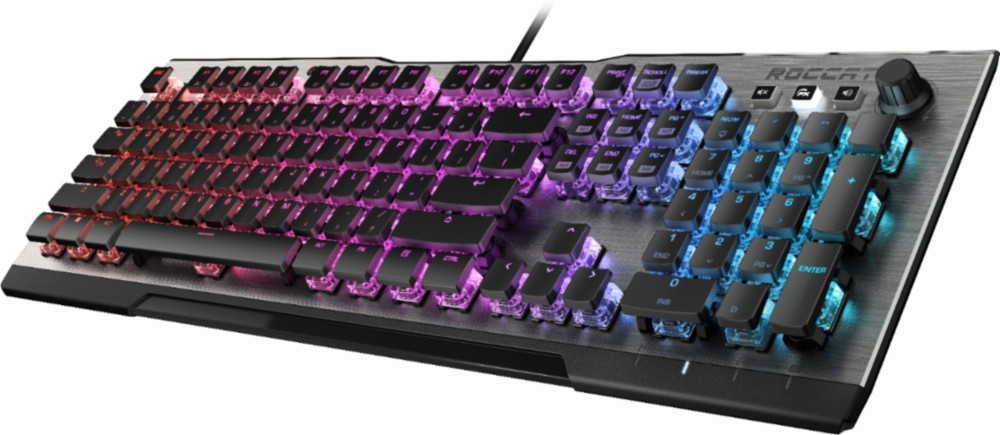
Once you get past all that, however, the software does what it's supposed to do. You can reprogram any key on the device, which is a nice touch. You can also tweak the lighting options, including the interesting Aimo option, which configures a lighting pattern based on the program you're using.
Since I've set up the Vulcan, I've had co-workers from all corners of the office walk up to my desk and ask to see it, type on it, and remove the keycaps to gauge their thinness.
I got some very cool color combinations this way, but there aren't that many other interesting options. You get a color wave (in one direction), per-key lighting, and all the other standard fare, but you can't really go wild the same way you would with the Corsair Utility Engine or the Razer Chroma SDK.
MORE: How to Buy a Gaming Keyboard
Otherwise, the keyboard lets you program macros and activate a game mode, which disables certain keys that could take you out of a game, such as Alt-Tab or the Windows button. These processes work smoothly, and may just prevent you from making a catastrophic mistake during a heated multiplayer match.
Performance
I ran the Vulcan through a variety of games, including Overwatch, StarCraft: Remastered, Baldur's Gate: Enhanced Edition and World of Warcraft, and the keyboard performed well with every title. The springy, responsive keys were a boon across genres, from slinging healing spells as Moira, to blasting my way through a Protoss base.
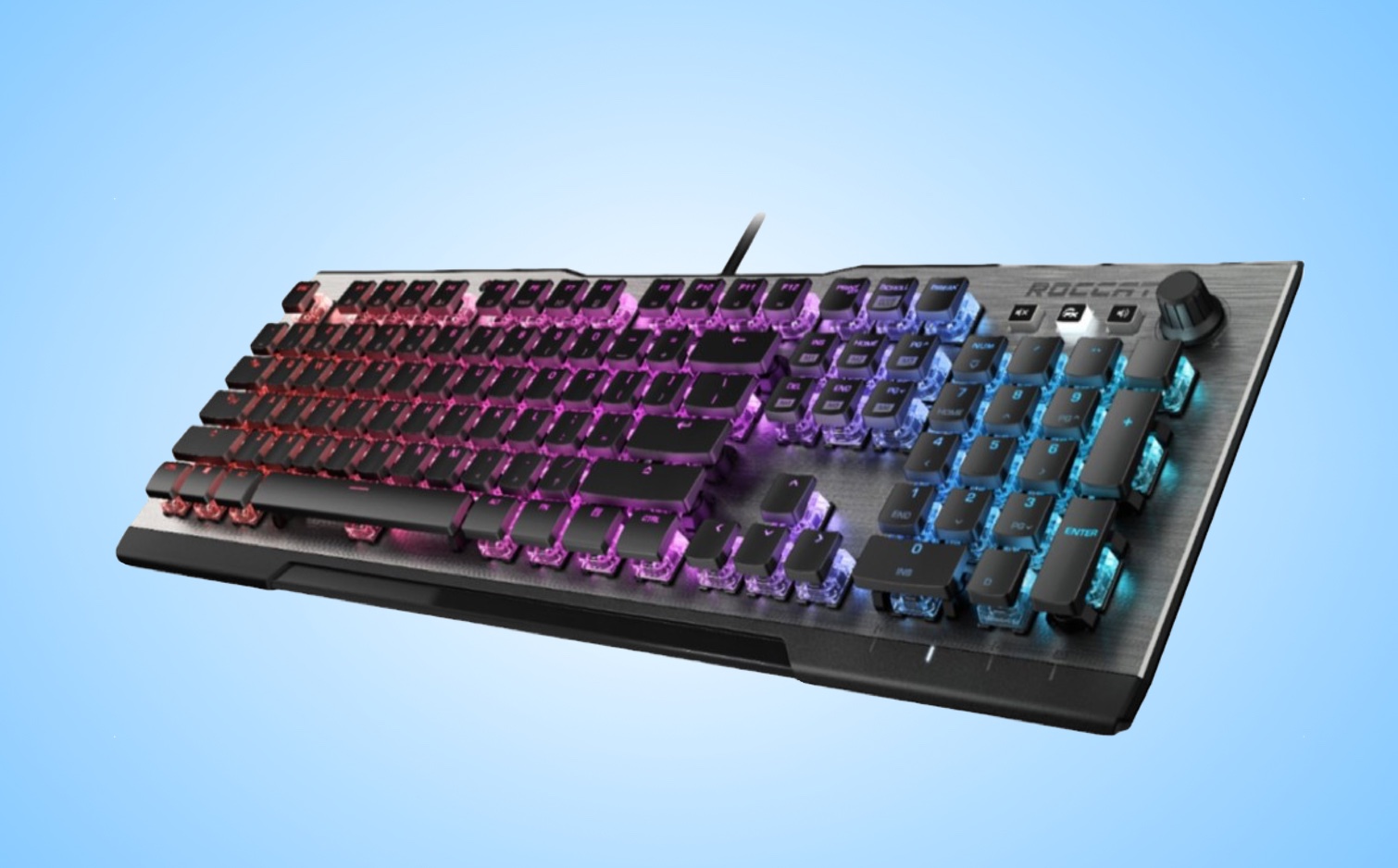
The keyboard even has some applications for MMO players, as it's relatively easy to assign macros to the two rows of keys that begin with Insert and Delete. Recording macros is also pretty easy, once you get the hang of the Swarm software.
Bottom Line
If the Vulcan just looked pretty, that would only take it so far. But the keyboard's compelling marriage of form and function makes it one of the best peripherals that Roccat has ever produced. Not only is it well-designed and attractive, but its design also grants tangible benefits to gameplay that requires rapid, repeated button presses.
There's no denying that the Swarm software could work a bit better, and that a few tweaks to the physical design would have made it much more accessible. Ultimately, though, the Vulcan's flaws do very little to detract from what is otherwise a beautiful keyboard. The god of the forge would be proud.

Marshall Honorof was a senior editor for Tom's Guide, overseeing the site's coverage of gaming hardware and software. He comes from a science writing background, having studied paleomammalogy, biological anthropology, and the history of science and technology. After hours, you can find him practicing taekwondo or doing deep dives on classic sci-fi.
